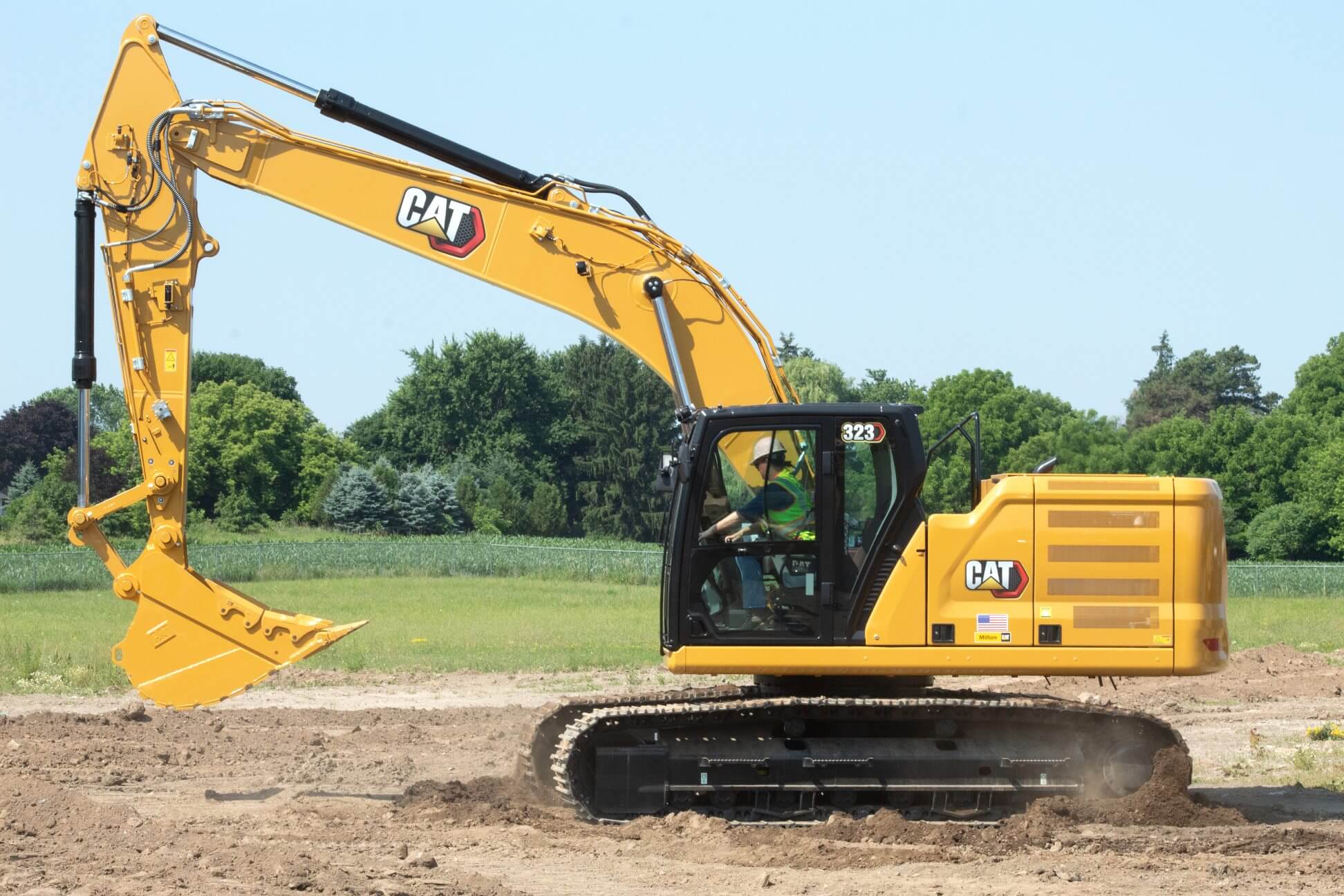In industrial and construction, heavy equipment is essential in ensuring that projects are finished quickly and on time. These sturdy machines form the foundation of many industries, from excavators and bulldozers to loaders and cranes. Like any mechanical wonder, heavy equipment needs meticulous Maintenance and periodic replacements to keep it running efficiently. This is when the significance of the parts used in heavy equipment is evident. In this complete guide, we dive into the details of the heavy equipment parts trinidad by exploring their different nature, importance, and the essential aspects to keep them in good working order.
The Anatomy of HTML Different types of heavy Equipment Parts
- Engine Components: the Heart of Heavy Equipment Engines of heavy equipment are subject to rigorous loads, and with time, their parts may be damaged or worn out. Engine components like pistons, cylinders, and crankshafts are essential for optimal performance. Regular inspections and prompt replacement of these parts are crucial to avoid breakdowns and guarantee the durability of the equipment.
- Parts of the Undercarriage: Keeping machines grounded The undercarriage of heavy machinery bears heavy brunts from rough terrain and the weight of heavy loads. Tracks, rollers, er, and sprockets are all integral components that help maintain the stability and mobility of the machine. Regular monitoring and Maintenance of the components under the carriage are vital to prevent premature wear, minimize time, and increase overall efficiency.
- Hydraulic System Components The Power of Performance Hydraulics play a vital part in the functioning of heavy machinery, providing power to actions like digging, lifting, or steering. Hydraulic cylinders, pumps, valves, and hoses are vital components that need regular Maintenance and inspections. The proper Maintenance of the hydraulic system will ensure that it performs efficiently, reduces the chance of failures, and prolongs the life of the machinery.
- Parts of Final and Transmission driving Force Transmission systems and the final drive transfer force from engines to tracks or wheels. The clutches, gears, and bearings are essential elements in these systems. Regularly scheduled checks and prompt replacement of worn-out components in the final drive and transmission are vital to ensure the equipment’s overall reliability and avoid expensive caterpillar parts trinidad.
The significance of authentic Parts: Quality is Important
Utilizing genuine parts for heavy equipment is crucial to ensure the durability and efficiency of machines. Although parts from the aftermarket may appear viable, they are often of lower quality and less durable than genuine parts. The manufacturer’s specificationsmanufacturer’s genuine parts ensure a perfect fit and compatibility with equipment. Investing in high-quality components improves performance and reduces the chance of unexpected breakdowns that can cost both time and money in the long term.
The most important considerations for effective Maintenance
- Routine Inspections and Maintenance Routine and preventive Maintenance are your primary defense against possible problems. A regular maintenance schedule that includes thorough inspections of the critical components will help detect wear and tear earlier. Routine Maintenance, including fluid checks, lubrication, and replacement of filters, is vital to keep the equipment in top condition.
- Preventive Repairs and Part Replacements In the event of a problem, it is possible to stop minor issues from growing into major failures. Properly repairing and timely replacements of worn-out parts can dramatically reduce downtime and extend the equipment’s service life. Keep a thorough list of maintenance actions to monitor the condition of different parts and determine replacements in line with the condition.
- Operator training and awareness Operators play an essential contribution to the durability of the use of large equipment. Training on proper operation and maintenance techniques will help operators spot the early warning signs of issues. Encourage employees to report unusual vibrations, noises, or performance issues immediately and allow for prompt intervention.
- Utilize Technology to Monitor and Diagnostics Make use of technological advancements in maintaining heavy equipment, including telematic andstic tools. These technologies allow for the monitoring of the health of equipment in real time and provide valuable information on the performance of the equipment and any potential issues. Using nearly these tools, early proactive Maintenance reduces the chance of unexpected breakdowns.
Conclusion
The importance of high-quality parts and efficient Maintenance is balanced in large equipment. Knowing the various types of heavy equipment components and the importance of utilizing genuine components is essential to maximize performance and prolong the life of these machines. Through a proactive maintenance approach that invests in top-quality components, industries will be able to unlock the capabilities of heavy machinery, eventually aiding in the success of industrial and construction projects.
